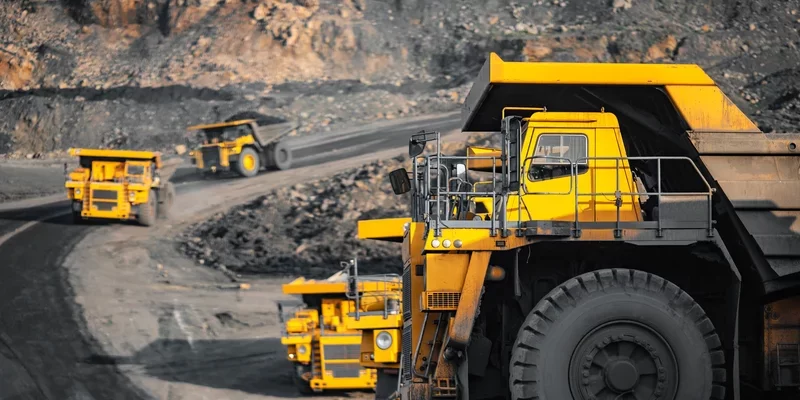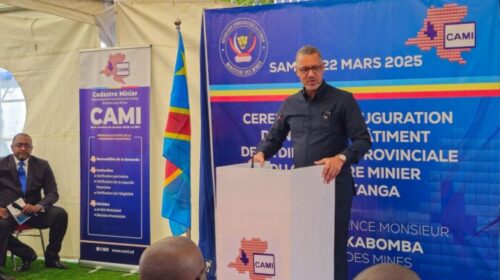Energy Deficits and Production Challenges Impact DRC’s Mining Sector
From 2022 to 2023, mining production in the Democratic Republic of Congo (DRC), particularly in the Haut-Katanga province, experienced both growth and stagnation due to numerous challenges, especially the energy deficit linked to the deteriorating network of the national electricity company (SNEL).
During the general and elective assembly of the Federation of Congolese Enterprises (FEC), Patrick Muland Kabey, re-elected as provincial President, acknowledged that the mining sector has seen delayed growth over the past two years.
According to FEC statistics, mining products such as cobalt and copper, which are critical for the energy transition, showed mixed results during this period.
.Cobalt: Production fell by 23.72%, from 115,371.37 tonnes to 87,975.03 tonnes.
.Zinc: Production saw a slight drop of 3.75%, from 13,578.22 tonnes to 13,069.68 tonnes.
.Copper: In contrast, copper production increased by 14.85%, rising from 2.39 million tonnes to 2.75 million tonnes.
Patrick Muland highlighted significant challenges faced by the mining sector over the past two years, including disputes over mining operations and the energy issues stemming from SNEL’s network deterioration.
Despite these challenges, Muland expressed optimism that the Chamber of Mines will implement strategic actions in 2024 to support the sector’s development at both the provincial and national levels.
During the FEC assembly, Patrick Muland was reappointed as head of the Congo Business Federation, Haut-Katanga section, for a second term from 2024 to 2027. Members also reaffirmed their confidence in the other elected steering committee members.
The DRC’s mining sector, particularly in Haut-Katanga, is grappling with energy deficits and production challenges. However, there is hope for strategic initiatives in 2024 to bolster the sector’s growth and stability.
154 total views , 1 views today





